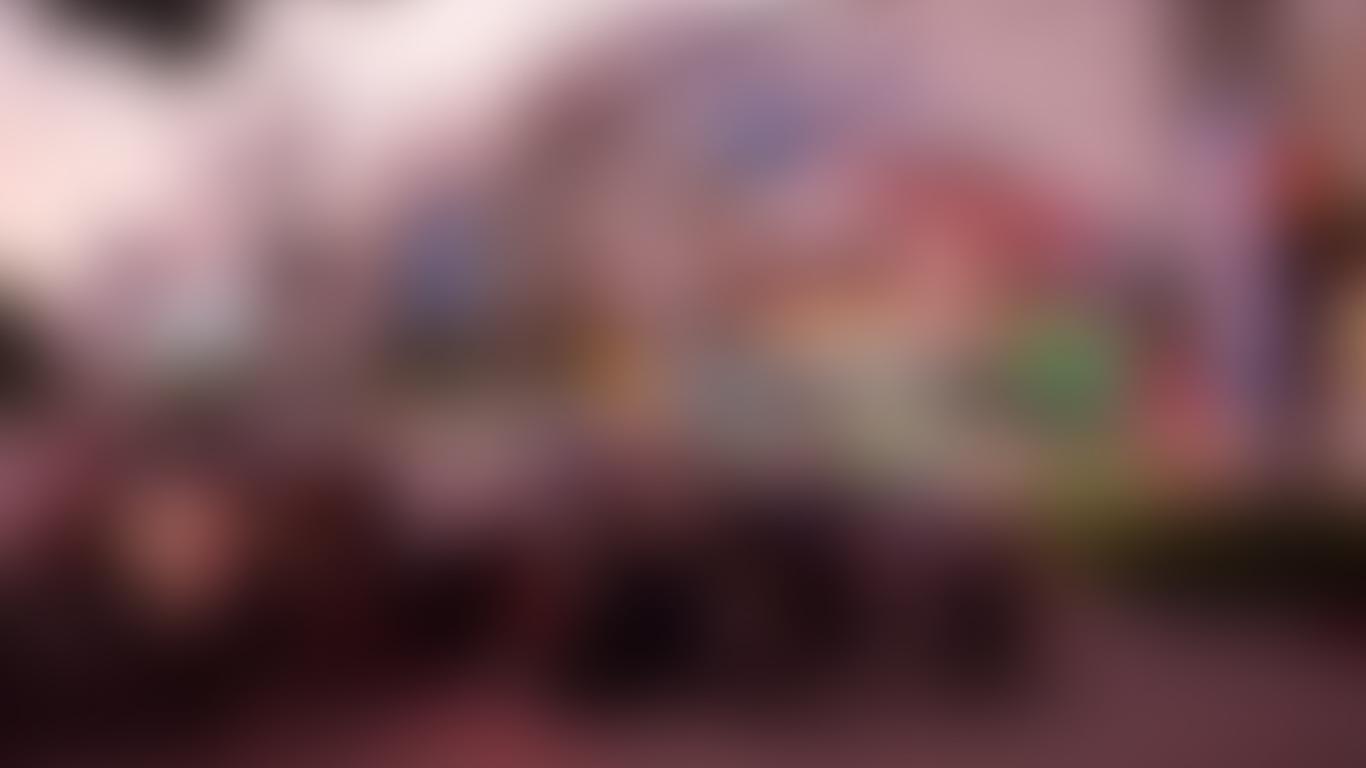Located on the eastern edge of the Black Forest, Villingen-Schwenningen is a historic city with a rich history of clock manufacturing. It comprises two separate centres, Villingen and Schwenningen, with the former founded by the House of Zähring around 1,000 years ago and the latter established in the 19th century.
Things to do in Villingen-Schwenningen
In the heart of the old town is the Villingen Münster, which was originally established as a Romanesque church in the 12th century. It has since been rebuilt in a High Gothic style and is topped by two 50-metre-high towers dating from the 15th and 16th centuries. In addition to boasting one of the largest bell carillons in Germany, the church features a stucco ceiling by Ignatius Bürkner.
Occupying a former Franciscan monastery is the Franziskanermuseum Villingen, which explores the social history of Villingen-Schwenningen and the Black Forest. Learn about the city’s famous carnival and get up close to beautiful old tapestries, as well as everyday objects from throughout the centuries. A highlight is the reconstructed 7th-century BC burial chamber of a Celtic prince.
Showcasing Villingen-Schwenningen's history of clock-making is the Uhrenindustriemuseum, which occupies the former premises of the Württembergische Uhrenfabrik Bürk. Its exhibits detail the evolution of watch and clock-making technology, as well as the lives of the people who worked at the factory. At the museum, you can watch cuckoo clocks being made by hand before purchasing your own in the museum store.
Getting around Villingen-Schwenningen
Villingen-Schwenningen is just over an hour’s drive from Stuttgart and Stuttgart Airport, which has flights to destinations across Europe. Regular trains connect to the Villingen railway station and buses travel throughout the city. The centre of Villingen-Schwenningen is ideally explored on foot.





